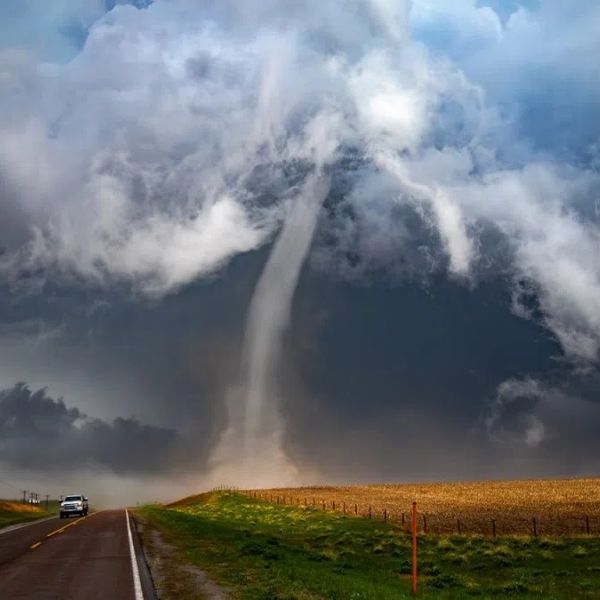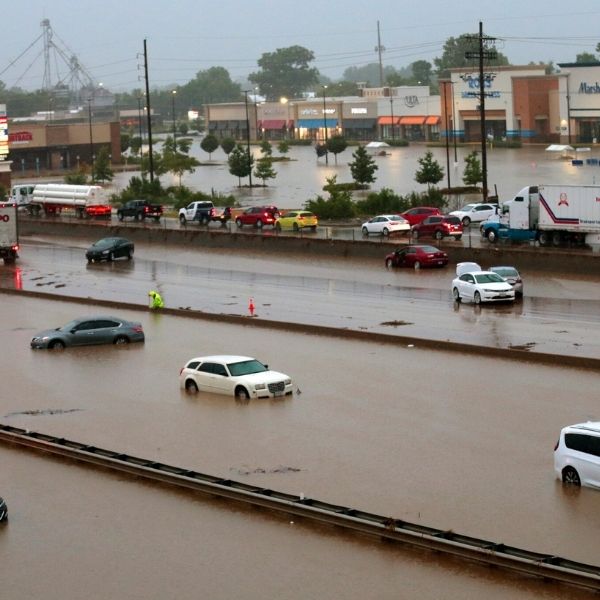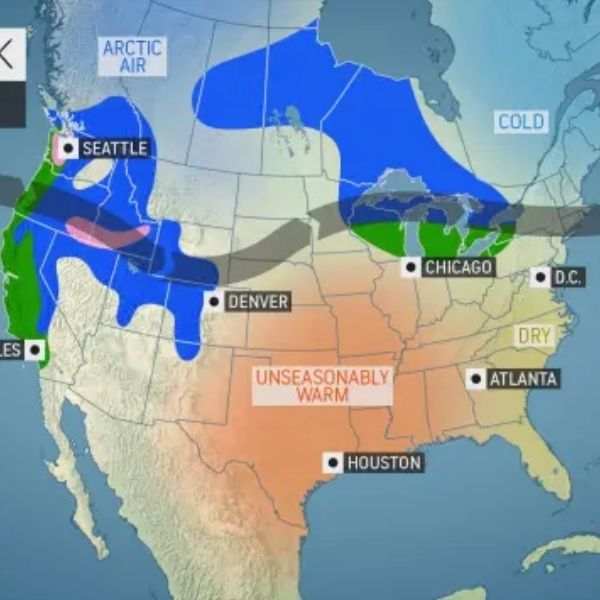On October 9, 2001, south central Nebraska experienced a late-season tornado outbreak with at least nine tornadoes touching down across multiple counties.
The National Weather Service (NWS) in Hastings conducted detailed damage surveys with meteorologists and emergency management personnel covering Hamilton, Merrick, Nance, and Polk counties.
Key Highlights of the Outbreak:
-
Northern Hamilton, Polk, and Eastern Merrick Counties:
-
At least four tornadoes occurred along a 35-mile path, beginning southwest of Marquette and crossing into Merrick County near Silver Creek.
-
Most damage along this path was rated F1 (73–112 mph winds), except for parts of western Polk County.
-
The most significant tornado was a multiple-vortex F3, with winds of 158–206 mph.
-
A home three miles north of Polk was completely blown from its foundation. The tornado was likely 400 yards wide, with less severe damage extending up to one mile from its center.
-
Farmsteads damaged: 20–30, including destroyed machine sheds, grain bins, and outbuildings. Thousands of acres of crops were lost. No serious injuries were reported.
-
-
Merrick and Nance Counties:
-
Five additional tornadoes were surveyed.
-
Southeast of Chapman: An F1 tornado destroyed two outbuildings, broke windows, and downed power lines.
-
Northern Merrick County: A damaging F2 tornado caused about $250,000 in damage to a farmstead.
-
Grain bins, barns, and garages were destroyed near the Nance-Merrick County line.
-
Other tornadoes were on the ground for several miles, with no serious injuries reported.
-
-
Other Weather Impacts:
-
Large hail, including 1.75-inch stones, was reported near Elba.
-
Meteorological Context:
-
Fall tornado outbreaks occur when warm, humid air from the Gulf of Mexico collides with strong cold fronts and jet stream winds.
-
According to the Weather Channel, “fall is a battleground season: tornado counts don’t plunge to zero after summer because the conditions that spawn them can still occur in fall and winter in some parts of the country.”
This event serves as a reminder that tornadoes are not just a spring threat—late-season outbreaks can bring significant property damage and crop losses, even with minimal injuries.
Would you like me to make a timeline map of the tornado paths from this outbreak? It could visually show the extent across the counties.














Leave a Reply